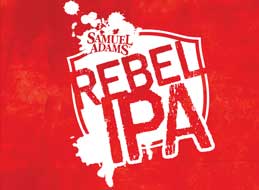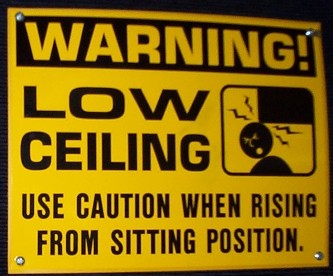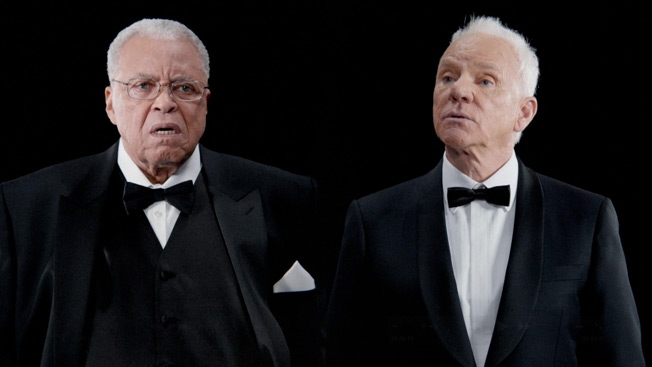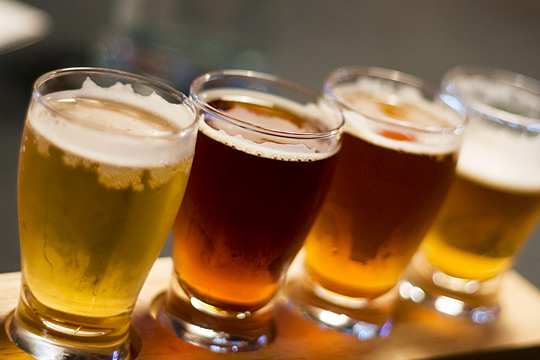 |
| Live from bitterly cold Northern Virginia |
Welcome
to the 2014 edition of the annual mash tun double feature known as the Brewper
Bowl. As the title may have given away (depending on your Roman Numerals
skills), this is the third time we've done this, and those of you who have been
reading this nonsense for a while can attest to the unbelievable ups and
devastating downs that this clash of craft beers has produced in years passed.
For those who are new, here is a quick over view of how it works.
 |
| MVB of Brewper Bowl I |
The
concept couldn't be simpler. I take an undetermined number of craft beers from
one of the two cities represented in the Super Bowl and pit them against the
same number of craft beers from the other city in a head to head contest to
determine which of the two cities has the best craft beer. The number is
deliberately undetermined mostly due to availability of beers from certain
markets here in my home town. Availability has also forced me to expand the aperture
of where the beers come from, so that I can include beers from the city and
surrounding area when choosing combatants. As for the logistics of the ordeal,
I basically go to my local specialty beer store, package store or grocery store
and fill my flight with whatever is at my disposal.
As I
mentioned in the opening, and again, as the title indicates, this year’s
Brewper Bowl is the third time we've done this. As a history lesson, in Super
Bowl I, Boston, Massachusetts defeated New York City, New York on the strength
of a solid performance by Sam Adams Latitude 48 IPA. In Brewper Bowl II, San
Francisco, California suffered a gut-wrenching defeat in overtime to Baltimore,
Maryland in a game that saw two successful onside kick attempts, and a beer get
a perfect 10 out of 10 score!!! If you’d like to relive the magic of years
passed, for the first time or as a review, here are some links:
But
enough history and back story. It’s time to get serious. The stage is set for Brewper
Bowl III, but before we can get underway, let meet the opponents.
*
Note – The below descriptions were copied from the brewery websites and are the
intellectual property of those responsible for writing them
 |
| Colorado sure loves its craft beer |
We’ll
start with the brews from Colorado, otherwise known as #TeamManning:
1. Hoppy
Boy IPA – Twisted Pine Brewing Company,
Boulder, Colorado – 5.7% ABV, 60 IBUs - Hoppy Boy India Pale Ale is Twisted
Pine Brewing Company’s flagship beer. With a rocky ivory head, star-bright
golden orange color, and massive hop aroma, Hoppy Boy is the quintessential
American IPA. Citrus, resin, and a hint of malt not only greet your nose, but
also your taste buds, while a smooth, lingering bitterness leaves your palate
refreshed with every sip. Hoppy Boy IPA is a perfect marriage of malts and hops
that is as bold as it is balanced, and thus exemplifies what American craft
beer is all about.
2. Deviant
Dales IPA – Oskar Blues Brewery, Longmont, Colorado
- 8% ABV, 85 IBUs - Deviant Dale’s IPA was born at the crossroads, in a juke
joint, as if Dale’s Pale Ale sold its soul to balance Deviant’s foreboding
aromas of citrus, grapefruit rind and piney resins, its copper ball-of-fire
color and inscrutable flavor-intense finish. Deviant is the Devil incarnate
with untold amounts of malt and hedonistic Columbus dry-hopping. Oskar Blues
delivers this boundary-buster in the brewery’s first 16-ounce tallboy can.
3. 471
Small Batch Double IPA
– Breckenridge Brewery, Denver, Colorado
- 9.2% ABV, 70 IBUs - Hoppy? Brother, 471 IPA redefines hoppy. 471 is a small
batch, limited edition ale that was created by our Brewmaster to separate the
weak from the strong. 471 is a double IPA that combines Pale, Munich,
Caramel-30, Carapils and Torrified Wheat malts, with Chinook, Centennial,
Simcoe and Fuggles hops. It has a big sweet mouthfeel, followed by more
hoppiness than you've ever had at one time. Enjoy.
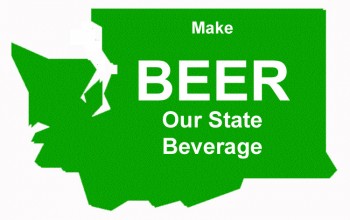 |
| Sounds like a great plan to me |
Now, let’s
meet the brews from Washington, who have elected to be called #TeamSherman:
1. 102
Highly-Hopped Barley Wine Ale –
Fish Brewing Company Reel Ales, Olympia,
Washington – 10% ABV, 100 IBUs - The Mighty Fish Brewers first produced 10²
Barley Wine Ale to celebrate Fish Brewing Company's tenth anniversary. The ale
was so good and the response to it so overwhelmingly positive that it has
become the crown jewel of our new RELEASES line. Ten different hops - Horizon,
Chinook, Columbus, Willamette, Tradition, Northern Brewer, Santiam, Tettmanger,
Cascade and Golding, in the order of their use - give Ten Squared a unique hop
character which has to be tasted to be believed. Even with 100 IBUs, this brew
sports a strong malt backbone. Two-row Pale, Caramel 40, Caramel 75, Special B
and Aromatic malts impart remarkable balance for such a hop monster. This is
smooth ale with surprising similarities to ten year old malt whiskey. Produced
for the Holidays 10² Highly-Hopped Barley Wine Ale is usually available into
late spring.
2. Hodgson’s
Bitter End IPA – Fish Brewing Company Fish Tale Ales, Olympia,
Washington – 6.5% ABV, 70 IBUs - Pours a dark golden-yellow color.
Hodgson's is an aggressively hopped IPA with beautiful aromas of citrus &
pine. The taste is very hoppy, spicy & full of the bitterness cherished by
hop heads.
3. Porter
– Scuttlebutt Brewing Company, Everett, Washington – 5.8% ABV, 20 IBUs – Porter is full
bodied with a creamy, chocolate, roast coffee finish. It is midnight black in
color and has a mocha aroma. It is hopped with Cascade hops, and is dark,
smooth and not too heavy.
 |
| I wouldn't want to mess with him |
The
first thing that should stand out to you about these lineups is that while
Colorado is clearly pandering to my hophead nature by rolling out three IPAs,
one of which is a double IPA, Seattle is trending dark by rolling out a porter
and a barley wine. We've seen in the past that IPAs do tend to dominate the
Brewper Bowl, but then again, Baltimore won Brewper Bowl II on the back of an
imperial porter, so we’ll see what happens. There was also a fair bit of trash
talking on media day, as the Deviant Dales referred to the Hodgson’s Bitter End
as a “mediocre IPA.” I’m curious as to how that tension manifests itself on the
field of play.
The
stage is set, the players are lined-up, and Brewper Bowl III is about to kick
off. The Norm Peterson Trophy is on the line, along the fortune and glory of
being admitted into the Pantheon of Brewper Bowl champions past. I can hardly
contain my emotions here. To be continued…
Here’s
to craft brewed happiness… Cheers!

